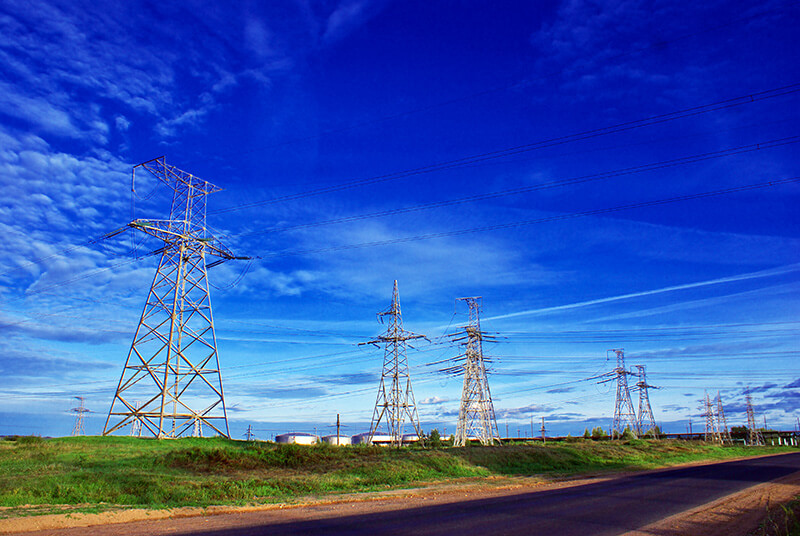All Historical Places in Pakistan, You Should Need to Know
Pakistan has a long and rich history and has been home to some of mankind’s oldest civilizations. It’s a land of lush green plains, huge mountain ranges, and breathtaking deserts. The cultural richness and diversity of Pakistan cannot be denied.
Natural beauty and traditional festivals are a few reasons to visit Pakistan as it is one of the most beautiful countries in the world. Many historical sites in Pakistan attract visitors from all over the world. Pakistan offers everything to tourists who want to visit these historic landmarks.
Pakistan has several World Heritage Sites recognized by the United Nations. For future generations, UN Educational, Scientific and Cultural Organization (UNESCO) protect these locations. Known for its extensive history, Pakistan features mosques from the Mughal era, fortresses dating back 300 years, and some unique landmarks.
Our list will begin with Pakistan’s most famous historical sites, then we will cover some new historical places in Pakistan.
Lahore Fort and Shalimar Gardens
The first site on our list is Lahore Fort and Shalimar Gardens, both historical monument located in Lahore.
Shalimar Gardens
Shalimar Gardens is a spectacular Mughal-style garden that is well-known for its magnificent water features, fountains, and colourful flowerbeds. The garden’s construction started in 1641, during the reign of Emperor Shah Jahan and was completed in 1962.
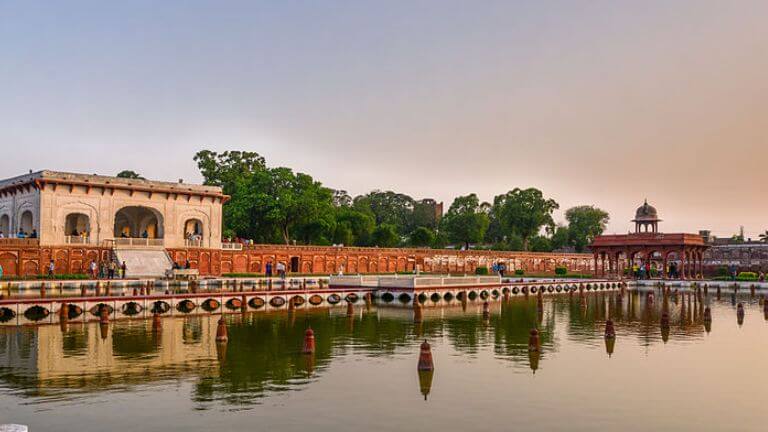
Shalimar Gardens are located next to Shahi Qila (Lahore Fort). As well as one of the most popular tourist destinations, Shalimar Gardens is also added to a UNESCO World Heritage site list.
Lahore Fort (Shahi Qila)
Lahore Fort, also known as Shahi Qila or Royal Fort, is a famous historical landmark and it is located in the northern part of Lahore’s old walled city. It is a massive fort that spans over 20 hectares and is home to 21 notable monuments.

Shahi Qila was built by the Mughal Emperor Akbar in the 16th century and served as a royal residence for several generations of Mughal Emperors. When the Mughal Empire fell, Lahore Fort became the residence of Emperor Ranjit Singh, founder of the Sikh Empire.
The Lahore Fort which includes various famous buildings is an exceptional example of Mughal architecture. The Fort is a well-known tourist destination and it is also a part of the UNESCO World Heritage Sites.
Makli Necropolis, Thatta
Makli Necropolis is also an important historical site in Thatta, Pakistan. This site is one of the largest funerary sites in the world, covering approximately 10 square kilometres. It was listed as a World Heritage Site by UNESCO in 1981.
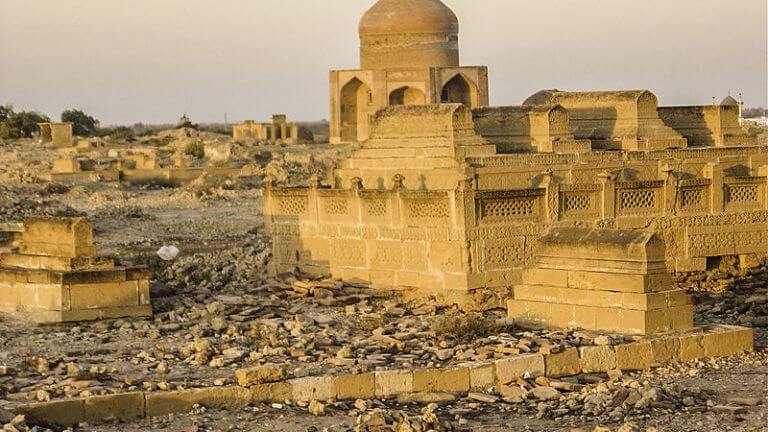
More than 500,000 tombs and graves dating from the 14th to the 18th centuries can be found on the site. The tombs and burials, which are connected to many Sufi saints, kings, queens, and other significant historical characters, are evidence of the region’s rich history.
Not only is Makli Necropolis a burial site, but it is also an important historical and cultural landmark. Anyone interested in history and culture must visit this site, which offers a unique glimpse into the rich cultural and historical heritage of Sindh.
Badshahi Mosque
Badshahi Mosque is famous for its unique architecture and is an important landmark in Pakistan. The mosque was built in 1673 by Mughal Emperor Aurangzeb. The mosque’s design is a unique blend of Islamic, Persian, and Mughal traditions.

There is no doubt that the Badshahi Mosque is one of the largest mosques in the world, and it is also the second-biggest mosque in Pakistan after the Shah Faisal Mosque. Its expansive courtyard covers a space of 26,000 square metres. The mosque’s prayer hall can accommodate 100,000 worshippers.
Mughal architecture is the main feature of the mosque, which makes it a popular tourist destination. Visitors are welcome to explore and admire the building’s stunning architecture and complex detailing. Additionally, the Badshahi Mosque is an important religious site that is still used for worship.
Taxila
The ancient city of Taxila lies approximately 32 kilometres northwest of Islamabad in the Rawalpindi district. In Sanskrit, the name Taxila means “City of Cut Stone”. The city was founded around 1,000 BCE.
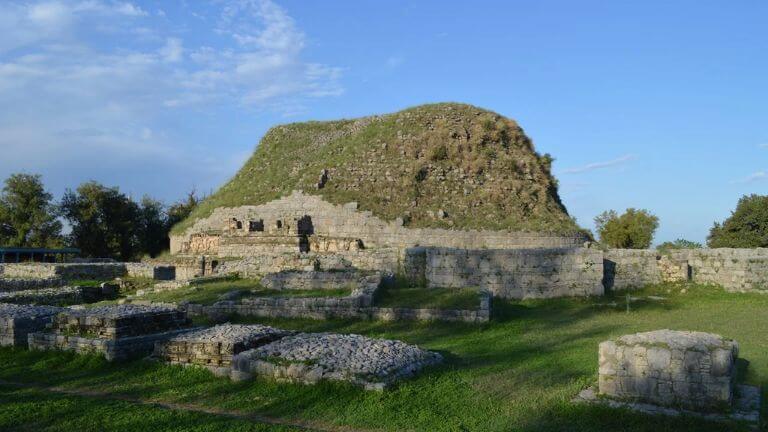
Historically, Taxila city reveals the story of how ancient civilizations derived from the Indus civilization. In ancient times, the city served as a centre of learning and education. A trip to Taxila will take you not only to one spot but also to more than a dozen historic structures scattered across a fairly large area.
Numerous archaeological sites can be found in Taxila, such as the Taxila Museum, Jaulian Buddhist Monastery, and Mohra Muradu Stupa. Taxila was declared a World Heritage Site by UNESCO in 1980. The city was conquered by Alexander the Great in 326 BCE.
The historical significance of Taxila city makes it an attractive tourist destination.
Mohenjo-Daro
There is no doubt that Mohenjo-Daro is one of the most significant archaeological sites in the world. Mohenjo-Daro was built in the 26th century BCE and it was abandoned around 1900 BCE after the Indus Valley Civilization collapsed, then it was discovered in the 1920s.
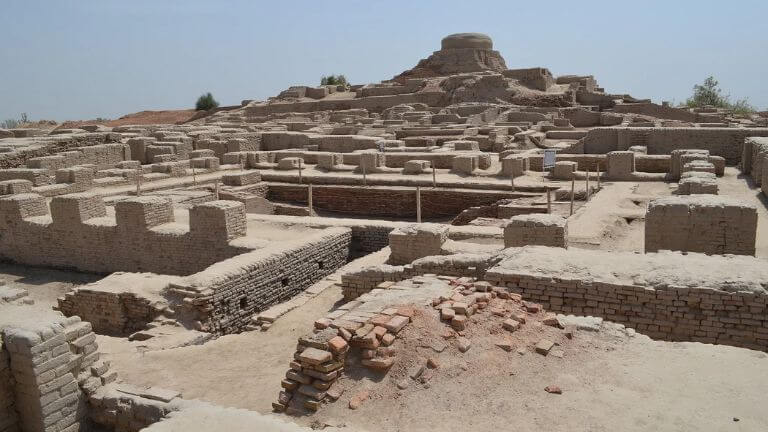
The site of Mohenjo-Daro can be found near the city of Larkana in the Sindh Province. During the Indus Valley Civilization, the city was one of the largest urban settlements in the world. Mohenjo-Daro ruins show a sophisticated urban planning system, including a complex drainage system and a multi-story building.
It was believed that Mohejo-Daro was one of the ancient major settlements whose plans were compiled by other civilizations, like Egypt civilisation. Numerous artefacts, such as pottery, jewellery, and tools, are also found in the city’s ruins. These ruins attract many visitors each year. Mohenjo-Daro is a UNESCO World Heritage Site.
Rohats Fort
Rohats Fort, also known as Qila Rohats is a fortress located near the city of Jhelum. Construction of the fort began under the reign of Sher Shah Suri in 1541. As one of the finest examples of Muslim military architecture in central and southern Asia, Rohtas Fort was classified by UNESCO as a World Heritage Site in 1997.

This fort occupies 70 hectares and is situated on a hill overlooking the Pothohar Plateau. It is surrounded by a massive wall of over four kilometres, that was bolstered by 68 bastion towers and 12 gates, all of which were erected to keep the fort protected from attack.
Today, Rohtas Fort is a popular tourist attraction and a symbol of the rich cultural and historical heritage of Pakistan. The interior of the fort contains several important structures, including the Haveli Man Singh. For visitors, there are many attractions including magnificent gates and old gurdwaras, etc.
Multan Fort
Multan Fort is well-known for its ancient fortifications. Multan Fort was initially built by Rajputs of the Katoch Dynasty between 800 and 1000 B.C. Later, it was destroyed. Ranghar chiefs rebuilt it near Multan, on a hillock separated from the city by the Ravi River.
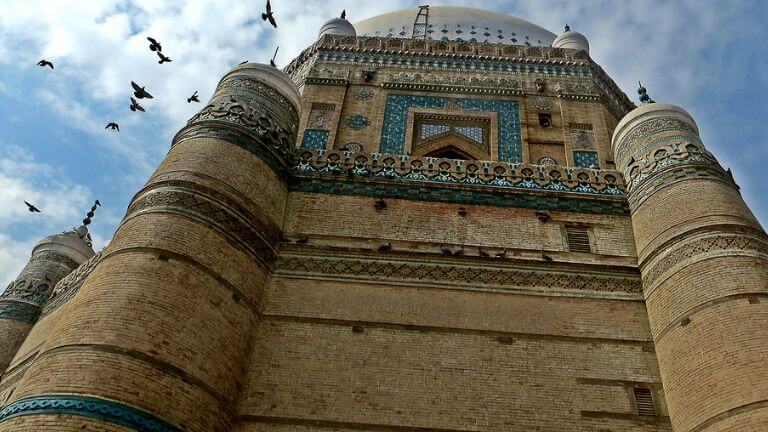
Multan Fort is also known as Qila Kohna Qasim Bagh and is famous for its stunning views and impressive architecture. It is a popular tourist attraction due to its rich cultural heritage and historical significance, attracting tourists from all over the world.
Ranikot Fort
Another historical fort in Sindh called Ranikot Fort, also known as the Great Wall of Sindh is located in the Kirthar Range of mountains. Recent evidence indicates that the fort was built by Nawab Wali Muhammad Leghari during the Talpur dynasty, but its exact history and purpose are still unknown.
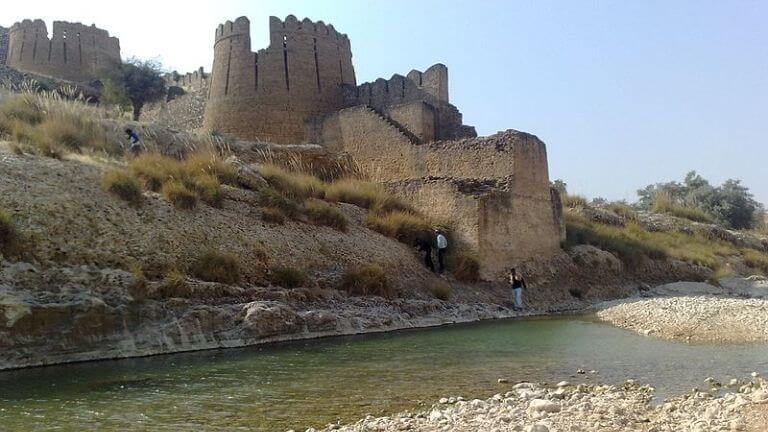
Hyderabad is about 90 km away from the Ranikot Fort. The Fort features massive walls made of stone and mud. Ranikot Fort is believed to be the largest fort in the world due to its massive walls. Mehrgarh Fort, Sann Fort, and Mohan Gate are some of the significant structures found within the fort.
Harappa
Harappa is an archaeological site in the Punjab province near the city of Sahiwal. The site was discovered in the 1920s during the construction of a nearby railway track. When bricks from the ruins of Harappa were used as track ballast on the Lahore Multan Railway, which caused significant damage to the ancient city of Harappa while it was under British control.

Approximately 23,500 people lived in the historic city of Harappa, which occupied 150 hectares of land. Initially established in the Bronze Age and flourishing between 2600 BCE and 1900 BCE, it is one of the world’s oldest urban settlements. The archaeological site of Harappa has been designated as a UNESCO World Heritage Site and is among the most important archaeological sites in South Asia.
The site contains a museum, where visitors can view a variety of artefacts from the Indus Valley Civilization, such as pottery, tools, and jewellery. It offers visitors the chance to explore the city’s ruins and learn about its ancient culture.
Hiran Minar
The Hiran Minar is among Pakistan’s most popular historical sites. In 1606, it was constructed by Mughal emperor Jahangir in memory of his beloved pet deer. Hirna Minar is a historical site that can be found near Sheikhupura, which is roughly 40 km away from Lahore.
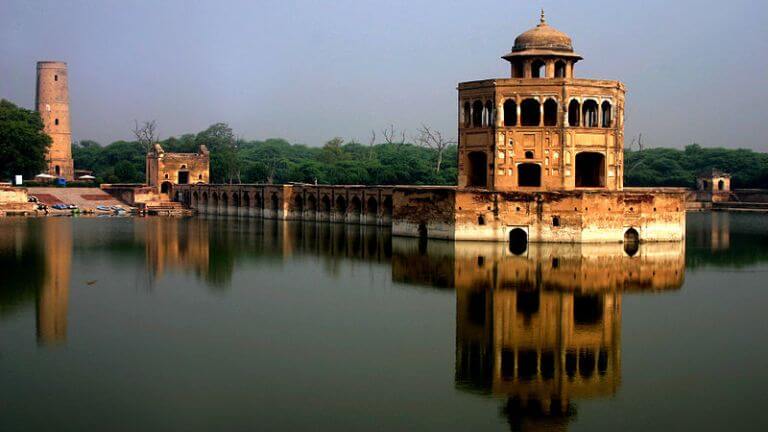
A tall minaret is the main attraction of the site. In the centre of the complex is a huge rectangular water-tank pool measuring 229 m by 273 m. Hiran Minar also offers a picnic area for those who want to explore this historical site and its surroundings.
Khyber Pass
The Khyber Pass is a mountain pass located in Pakistan’s northwestern region. The Pass links Pakistan’s city Peshawar with Afghanistan’s capital Kabul. Traders and militaries have used the Khyber Pass as a significant trade route.

Since Pakistan gained independence, Khyber Pass has been under Pakistani control, and it remains an important transportation route and a popular tourist attraction. Khyber Pass is a very important cultural heritage for the Pashtun people who have lived in this area for centuries.
Chaukhandi
The Chaukhandi is a historical graveyard that spreads over an area of two square miles. It contains the tombs of certain warriors of Saloch families belonging to the Islamic period between the 17th and 18th centuries.

Chaukhandi is located around 29 kilometres east of Karachi. The site is quite popular among historians and is one of the most visited historical places in Karachi. The tombs in this graveyard are famous for their unique architecture.
Katasraj Temple
Katasraj Temple also known as Qila Katas is a significant religious and historical site located in Punjab Pakistan. Because of its historical and architectural significance, the temple complex has been designated as a UNESCO World Heritage Site.

Hindus consider the Katasraj Temple to be one of their most important temples. The temple complex is dedicated to the Hindu god Shiva. Many Hindus come to this historical temple to learn about the region’s rich cultural and religious history.
Derawar Fort
Derawar Fort is a historical fort located in the Cholistan Desert, 100 kilometres southwest of Bahawalpur. Rai Jajja Bhati, a Hundu Rajput ruler of the Bhati Clan, built the fort in the 9th century AD. The fort walls extend 1500 meters in perimeter and rise 30 meters.

Muhammad ibn Qasim conquered the fort in 711 CE. Later, the fort was ruled by the Emirate of Multan, which was conquered by Mahmud Ghaznavi during his invasion of Punjab in 1008; after that, the fort was used by the Abbasi dynasty until Pakistan gained independence in 1947.
If you want to know about monuments of Pakistan Click Here.
Derawar Fort is a famous tourist attraction and cultural landmark in Pakistan. However, its significant and impressive structure is rapidly deteriorating and needs immediate preservation measures.
Takht-i-Bahi
Takht-i-Bahi, also known as the Throne of the Water Spring, is a historic Buddhist monastery and archaeological site located in KPK’s Mardan District. In the 1st century CE, the monastery was established and used until the 7th century.
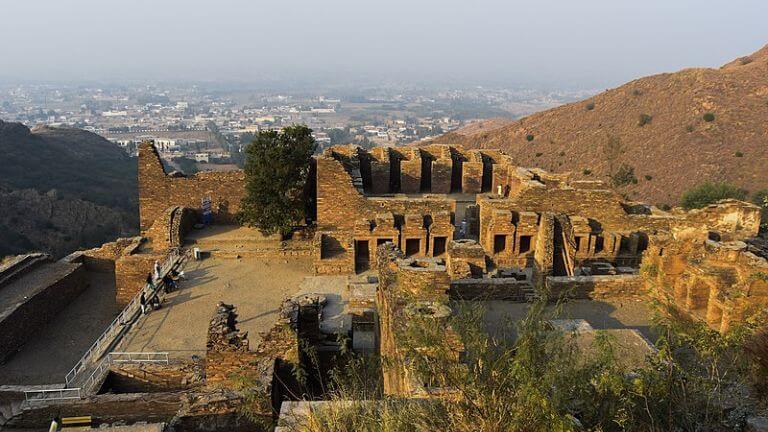
Takht-i-Bahi is one of the most famous tourist attractions in the country and an important cultural and historical landmark. In History Takht Bahi escaped several invasions and is now extraordinarily well preserved, it was classified s a UNESCO World Heritage Site in 1980.
Faiz Mahal
Faiz Mahal is a historic monument located in Sindh. This palace was built in 1798 by Mir Sohrab Khan Talpur, a well-known ruler of the time. Faiz Mahal is an outstanding example of Indo-European architecture.
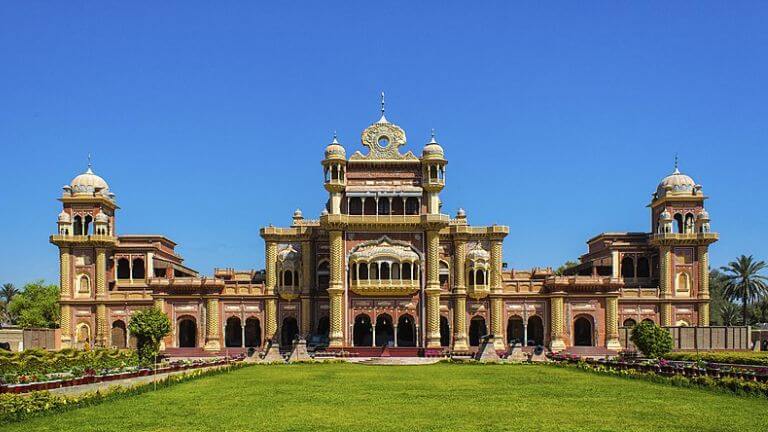
For many years, the palace served as the residence of the rulers of Khairpur. Currently, It is now a very well-known tourist destination where people hold public gatherings and cultural events. This historical palace is also supported and promoted by the Sindh Tourism Development Corporation, like other famous historical sites in the state.
Tomb of Jahangir
Jahangir’s Tomb is one of the most important cultural and historical monuments in Pakistan. Jahangir’s son, Shah Jahan, constructed the tomb in 1627. It took 10 years to construct the tomb, which was completed in 1637. This tomb is part of a list of World Heritage Sites UNESCO.

The Tomb of Jahangir is a mausoleum located in the Shahdara Bagh area of Lahore, on the banks of the Ravi River. The tomb is surrounded by lush gardens and decorated with inlaid marble and floral frescoes. In this tomb, visitors can explore the Mughal architecture.
These are Pakistan’s most well-known historical sites, which display the nation’s rich cultural past and provide tourists with an unforgettable experience.




